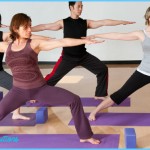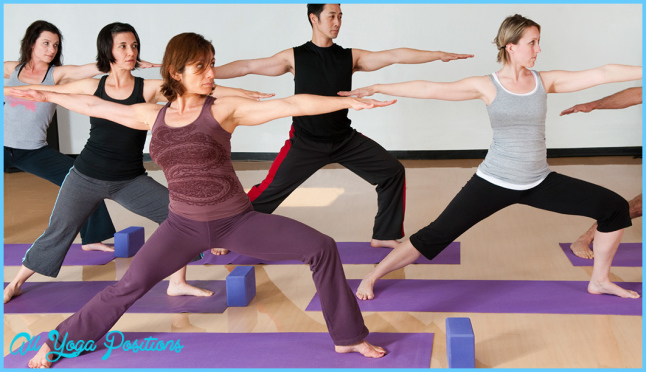We have all experienced it in a Pilates or barre class: You think that set of leg lifts is almost over, and then the instructor cues you to pulse your leg just a wee bit higher. You want to throw your water bottle at her. Don’t be discouraged— the burn we feel during small movements like pulses or isometric holds boils down to one thing, fatigue. It’s just the metabolic process taking place.
When we perform an exercise, our body recruits muscle fibers to get the job done. Exercises that are performed at a slower pace and with a fuller range of motion for the joint involved will begin by recruiting slow-twitch fibers in the muscle. As the movement continues and fatigue sets in, the body recruits fasttwitch fibers to power through the last few repetitions.
Why Do Those Micro Movements In Pilates Classes Burn Like Crazy? Photo Gallery
This occurs as the fuel source used by the slowtwitch fibers during aerobic metabolism is depleted, and the body switches to anaerobic metabolism in fast-twitch fibers to synthesize a new fuel source. The burn you feel is the byproduct of anaerobic metabolism, aka lactic acid. Fatigue might happen more quickly in these micro movements because we perform them for longer periods of time toward the end of a set of exercises. Now that you know that it’s just exercise physiology, lie back and enjoy the burn. Oh, and lift your leg a little higher…
Amanda Jessee Iiams is the co-owner and director of curriculum of Pilates Instructor Academy in Overland Park, KS, where she trains Pilates instructors, teaches workshops and develops online continuing-education courses. Amanda holds a bachelor’s in exercise science and a master’s in higher-education administration with an emphasis in exercise physiology. She has been a professional in the fitness industry since 1996, holding certifications such as PMA-CPT®, NSCA and ACE, and she’s a Level 3 NeuroKinetic Therapist. For more information, visit pilatesinstructoracademy.com.




